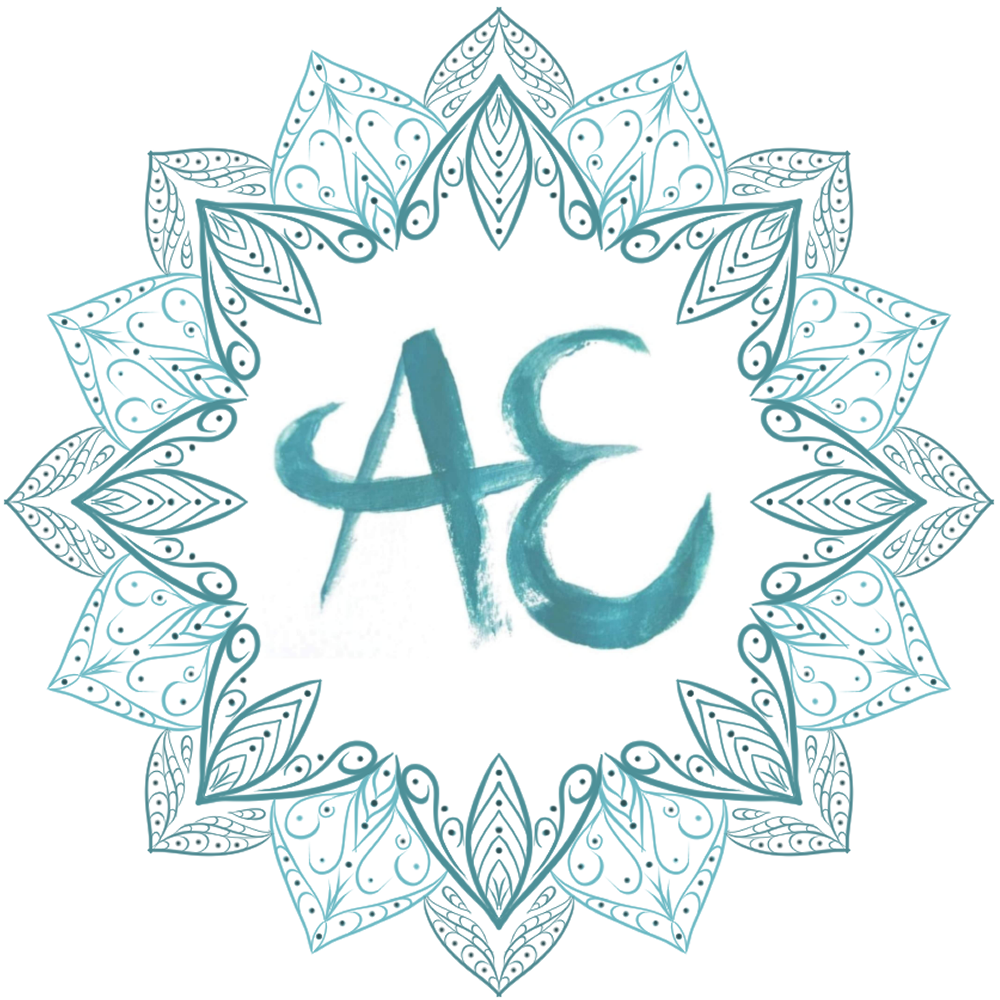“Aromatherapy is a holistic healing treatment that uses natural plant extracts to promote health and well-being. Sometimes it's called essential oil therapy. Aromatherapy uses aromatic essential oils medicinally to improve the health of the body, mind, and spirit. It enhances both physical and emotional health” (Healthline).
An essential oil is a natural oil collected, typically, through distillation. The oils have the characteristics of the plant or the source it was extracted from. It’s the highly concentrated goodness of leaves, flowers, twigs etc.
Oils are absorbed into the body through the respiratory system or through the skin (in the main).
Skin: According to studies, molecules under 500 dalton can get through the skin’s barriers. Once it is at the fat layer (please see skin post), it can be absorbed into the blood capillaries and lymph. The circulatory system transports the molecules around the body.
Respiratory: the oil is sensed by the 40 million sensory neurons in the nose, the oil then travels to the olfactory cortex where the conscious perception of the smell happens. From here it ends up in the limbic system (which controls things like blood pressure and heart rate). From here it goes to the cerebellum where the interpretation of the smell happens. The molecules are introduced into the circulatory system and then oils leave the body through the urine, lungs, skin or faeces.
While there are a multitude of benefits to aromatherapy, here are a few healthline have found. Aromatherapy could help manage pain, improve sleep quality, reduce stress, agitation, and anxiety, soothe sore joints, treat headaches and migraines, alleviate side effects of chemotherapy, ease discomforts of labour, fight bacteria, virus, or fungus, improve digestion, improve hospice and palliative care and boost immunity.
Blending Methods:
Enhancing – looking at pairing up oils that have similar qualities e.g. anti-viral oils used together
Classical – this is looking at the balance of top, middle and base notes to create harmony in the blend
Balancing – some oils are deemed to be stronger smelling than others e.g. eucalyptus is a stronger smell than clary sage. This method ensures no one oil dominates the blend.
Top, Middle and Base Notes:
Top notes are sharp and clean, they tend to be the more citrusy smells. They don’t last very long but they tend to be the first smell people notice in a blend as they evaporate first. Lemon is a typical top note.
Middle notes are used to give body to a blend. They tend to be warm and soft in smell. Lavender is a typical middle note.
Base notes are used to deepen and centre the blend. Base oils can slow down the evaporation of the top notes. A typical based note could be something like patchouli.
Oil Safety:
There are a number of contraindications (reasons to adapt or not have a treatment) so it is really important you talk to an aromatherapist to see which oils are safe for you. Oils can cause irritation, phototoxicity, sensitisation and general toxicity – this is another really important reason to reach out and get advice about how much of the oils to use and which ones. Please always dilute your oils. If you are blending at home for family and friends, it’s still necessary for you to label your blends with the latin names of the oils (so that people know exactly what toy have given them). This can be really useful if someone has a reaction to the oils you give them. Aromatherapy should not be used in replacement of medical treatment. If you are worried about using oils with conventional medical treatment, have a quick chat with your specialist or your GP.
You can have aromatherapy in isolation e.g. in a bath oil or you can have it as part of a massage. An aromatherapist can look at your conditions or needs and blend with the oils that could help that and suggest the best way for the oils to enter the body. The therapist may use a combination of blending techniques to really aid your treatment. I personally love aromatherapy and have felt the benefits myself. I also really enjoy blending for clients. Get in contact if you have any questions, as aromatherapy is a bit of an information minefield.
Top Tip – use an essential oil diffuser that is electric, not diffusing by burning a candle. Burning by candle is not only environmentally less safe (fire hazard) but also the heat can burn the oils (if not monitored) meaning you don’t get the benefits.
https://www.healthline.com/health/what-is-aromatherapy
https://www.healthline.com/health/what-is-aromatherapy#benefits

